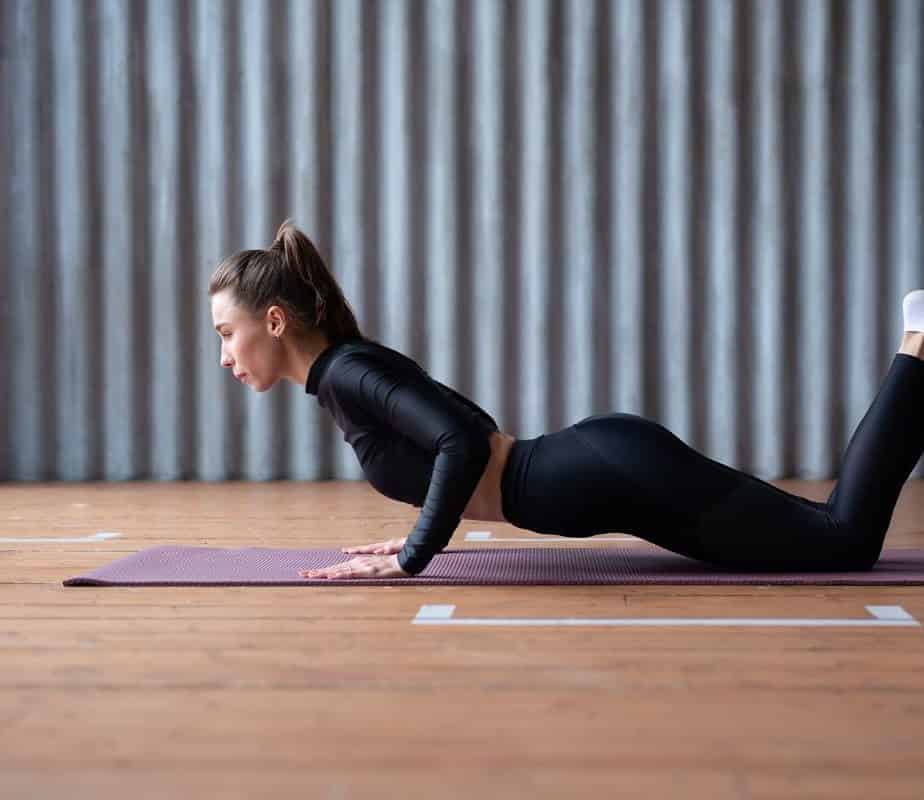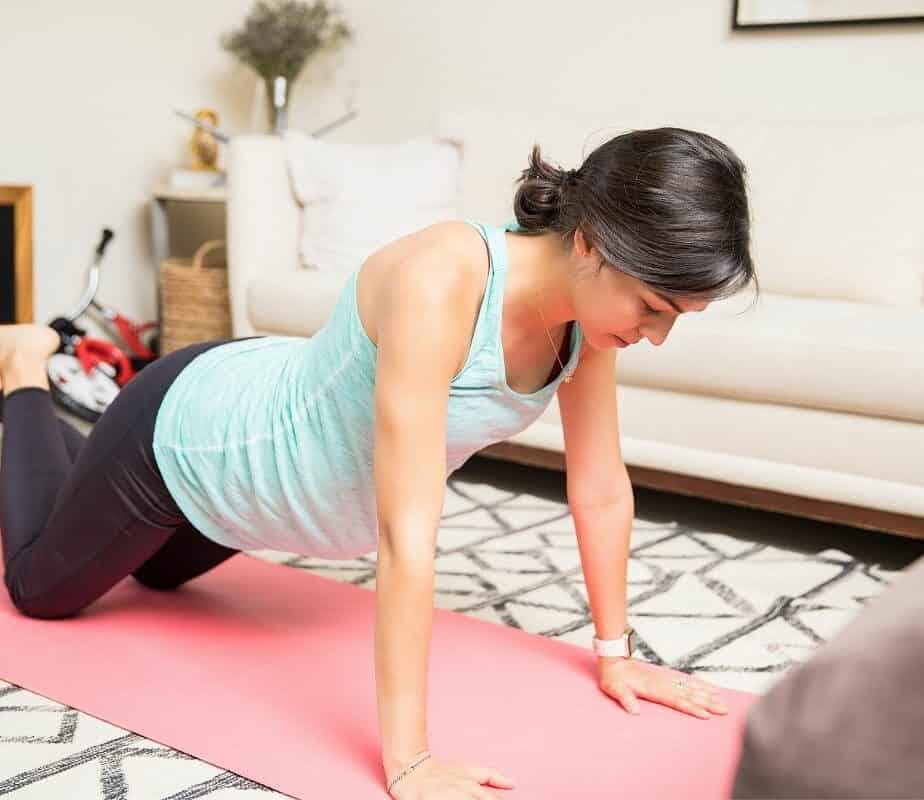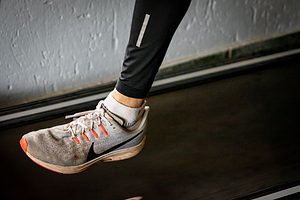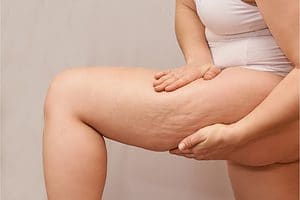A lot of people think push-ups only work out the chest. This is not true. Push-ups are an incredible strength training exercise and are a great way of burning fat. Their main aim is to build muscle and strength in a person.
Push-ups work out many different muscle groups at once but they mainly work out the upper body. Push-ups are usually performed as bodyweight exercises as they don’t require any additional equipment.
You can perform them anywhere and there are many different ways to do them.
In this guide, we look at how push-ups burn fat, how to perform a push-up with perfect form, and more.
How Push-Ups Help With Burning Fat
Performing push-ups, and any other form of exercise, burns calories. According to research, it’s possible to burn about 100 calories during a 30-minute session of push-ups.
However, if you are not used to push-ups, you may have trouble burning enough calories to lose weight.
It takes time to learn how to properly execute a push-up and so it is important to learn the perfect form from the start to see results. Many beginners make mistakes such as leaning forward too much or putting their knees on the ground.
Slow down and focus on perfecting your form before increasing speed.
By completing exercise without focusing on the form you will not be burning fat and your body will not be worked out properly. As a result, you will not notice physical results from your work.
The benefits of push-ups are numerous, but they all stem from the fact that these exercises target multiple muscle groups in your body. This means that when you do push-ups, you activate several different muscle groups, including:
- Chest – These pectoral muscles work together to raise your arms up above your head. When you perform push-ups, this exercise activates your pectoralis major, which helps build upper-body strength.
- Triceps – To complete a proper push-up, you need to keep your elbows locked into place so your triceps are worked, helping you develop strong forearms.
- Shoulders – By raising your hands over your head, you engage your shoulder muscles. This exercise strengthens your deltoids, trapezius, rhomboids, and rotator cuff muscles.
- Core – Doing push-ups will also help tone your abs. Your abdominal muscles contract as you lower yourself down, so by engaging your core, you’ll strengthen your midsection.
Different Types Of Push-Ups And Burning Fat
Push-ups are great for strengthening your body. You should try different variations of push-ups to see what works best for you. Start with push-ups in their basic form and then start to introduce new variations to your workout routine.
Low-intensity push-ups are done by most people who want to get into push-ups but are afraid or injured. People recovering from injuries do low-intensity push-ups so that they don’t reinjure themselves.
You can do regular pushups, weighted pushups, handstand pushups, and even inverted push-ups. Each variation has its own benefits. Each variation also has different levels of difficulty and so some will burn targeted areas of fat more so than others.
The Best Way To Burn Fat With Push-ups
If you want to lose weight, and tone muscle by burning fat then performing push-ups is one way to go. Doing push-ups burns more calories than other types of workouts.
When you do push-ups, your heart rate increases. As a result, your metabolism speeds up. This means that your body uses more energy to digest food and keep you alive.
When you do push-ups, you engage your entire body. This includes your arms, legs, back, stomach, and core. By working out each of these areas, you increase your overall fitness level while also turning fat into muscle.

You can achieve maximum results with pushups if you practice them every day.
Set aside some time each morning to complete several sets of push-ups or try the 100 Push-Ups per day challenge over a period of 30 days to see great results in your strength and appearance.
Performing push-ups also makes you feel better. Studies show that when people perform push-ups, they experience increased levels of endorphins. Endorphins are chemicals that give you feelings of happiness and well-being.
Push-Ups: The Perfect Form
To start a push-up, position yourself in a plank position, placing your hands shoulder-width apart on the floor with your arms extended. Hold your weight evenly across your body from your hands to your toes.
Next, begin to bend your elbows and lower your upper body until your elbow and arm are just under a 90-degree angle with your chest almost touching the floor. Slowly raise your body back up.
To master push-ups, you must focus on learning the correct form. Start out slow and work your way up to faster repetitions. Focus on keeping your shoulders over your wrists and your hips directly above your ankles.
Your spine should be straight and your head should be held high. Don’t let your chin drop below your chest so you don’t strain your neck.
It’s easy to get distracted by the number of repetitions you’ve completed. Instead, concentrate on maintaining good form throughout the set. After completing your first set of push-ups, try adding another repetition.
Once you have mastered the basic movement, add another rep.
How Many Push-Ups Should You Do
There is no consensus on the ideal number of push-ups to perform each day. Some experts recommend performing at least 20 per day, while others say only five or six are necessary.
The answer depends on your fitness level, goals, and lifestyle. If you’re a beginner, start with 10 to 15 push-ups every other day. As you get stronger, increase your daily push-up count until you reach 20 or more.
Another way to perform push-ups is to repeat push-ups for 20 seconds followed by a rest period of 5 minutes. Complete 3 sets of push-ups during your workout routine.
Final Thoughts
As this guide shows, yes, push-ups do burn fat and are a great way of working out different muscle groups and building overall strength.




